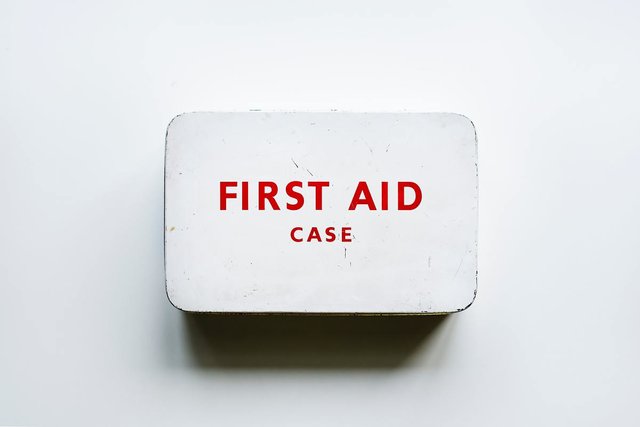Your Home Emergency Kit Should Have These Items
Emergency kits aren’t only for cars. Your home should have an emergency kit as well. What happens in many homes is that we may have some of the items we might need an emergency, but miss a few important items, or that the emergency items we have are scattered in various locations throughout the house, some of which we might not remember in an emergency.
Designate a place to safely store your home emergency kit and consider keeping these items on hand:
Food and water
Experts recommend keeping four liters of water per person per day, with enough water to last three days. You may also want to keep a three-day supply of nonperishable food. If you’ll be using canned food to stock your emergency kit, don’t forget to include a hand-operated can opener as well.
Radio
In an emergency, assume that you won’t have power. Stock your home emergency kit with a battery-powered or hand-crank weather radio. In Canada, specific frequencies are used to broadcast important weather information.
Flashlight
For safety reasons, a flashlight is often preferable to candles. Pack a battery-powered, hand-crank, or shake-charge flashlight in your home emergency kit to light the way.
First aid kit
A basic first aid kit should be kept in your home emergency kit as well. These can be purchased online or in many stores. Alternatively, you can stock your own first-aid kit using supplies you have around the house. The idea is to be as thorough as is practical and to have everything you’ll need located in a safe place.
Extra batteries and a hand-crank charger
The batteries for your flashlight or radio can discharge quickly. Keep some extra batteries on hand for the items in your home emergency kit that require batteries. You may also want to keep a hand-crank phone charger in your kit so that you can make emergency phone calls.
Wrench or pliers and a small toolkit
Fans of MacGyver already know there aren’t many things you can’t do with a pair of pliers. In this case, you want to have a wrench or pliers available to turn off utilities, like perhaps the water supply in your home. There may be other situations where you’ll be grateful that you’ve assembled a small toolkit.
Home emergency kits can be purchased online or in stores, but there may be a benefit to assembling your own home emergency kit. You’ll know the quality of the tools and items in your kit and you can customize your kit with whichever additional items you’d like to add. Knowing what’s in your kit helps prevent unpleasant surprises, like discovering that you don’t have an item you need in an emergency.
